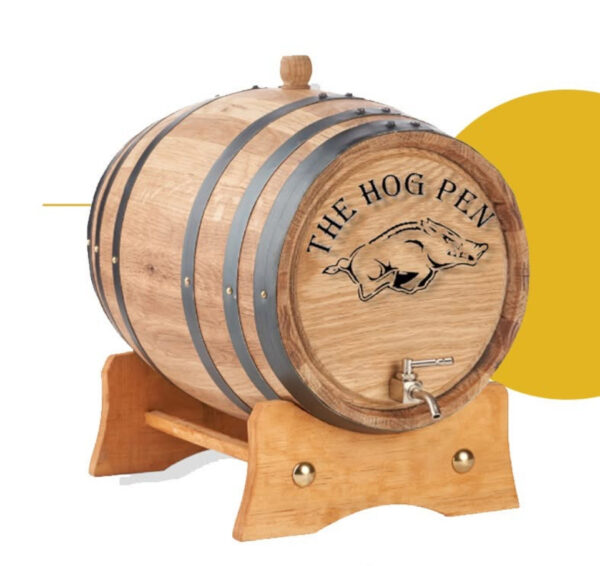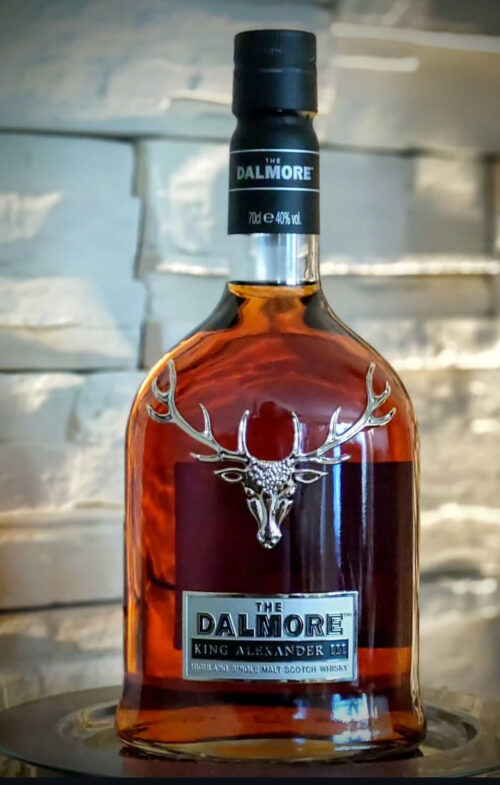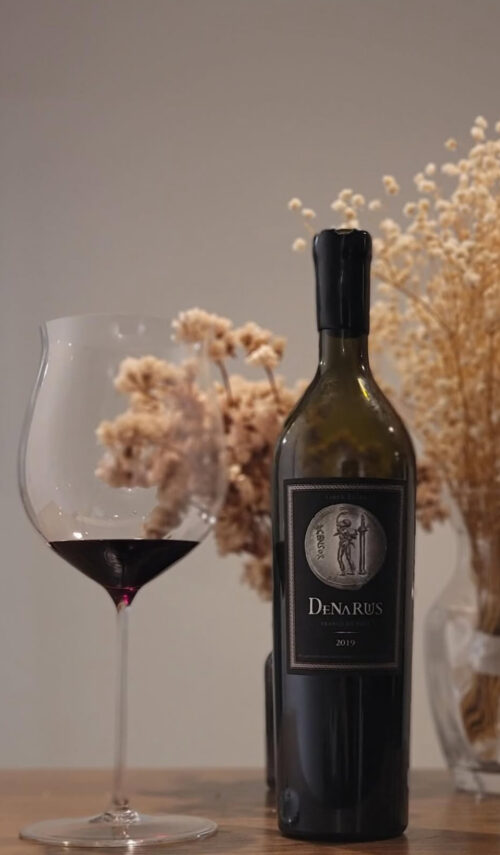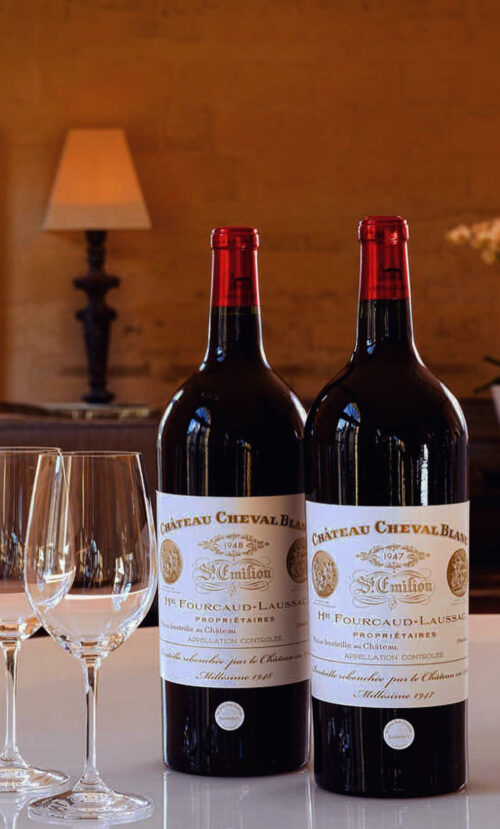Bourbon Barrels: The Heartbeat of America’s Spirit
Introduction
Bourbon barrels are more than mere containers—they are the soul of America’s native spirit. By law, bourbon must be aged in new charred oak barrels, a requirement that shapes its flavor, history, and global legacy. This article explores the craftsmanship, science, and cultural significance of bourbon barrels, answering key questions and revealing why these wooden vessels are indispensable to whiskey-making.

1. Legal Requirements: Why Bourbon Barrels Are Unique
The U.S. Federal Standards of Identity for Distilled Spirits mandate that bourbon must be aged in new, charred oak containers. This rule ensures consistency and quality, distinguishing bourbon from other whiskeys. Key regulations include:
-
New Barrels: Each batch of bourbon requires a fresh barrel, preventing reuse for bourbon production.
-
Oak Material: American white oak is preferred for its dense grain and flavor-rich compounds.
-
Charring: Barrels are flame-charred inside, creating a charcoal layer that filters impurities and imparts caramelized sugars.
2. Anatomy of a Bourbon Barrel
A standard bourbon barrel holds 53 gallons and comprises:
-
Staves: Curved oak planks shaped into a cylinder.
-
Hoops: Metal rings securing the staves.
-
Heads: Barrel ends, typically made of fitted oak boards.
-
Bung Hole: Opening for filling and sampling.
Char Levels: Ranging from #1 (light) to #4 (alligator char), the char depth influences flavor extraction. A #4 char, for example, creates deep caramel and vanilla notes.
3. Crafting the Barrel: From Tree to Toast
Coopering Process
-
Wood Selection: American white oak is air-dried for 6–24 months to reduce tannins.
-
Shaping Staves: Artisans heat staves over fire to bend them into shape.
-
Charring: The barrel’s interior is torched, cracking the wood to release flavors like vanilla (from vanillin) and coconut (from lactones).
Toasting vs. Charring
-
Toasting: Gentle heating to caramelize wood sugars, adding subtle spice.
-
Charring: High-heat burning creates a charcoal layer for bold, smoky flavors.
4. Flavor Alchemy: How Barrels Shape Bourbon
The barrel’s interior interacts with bourbon to:
-
Extract Compounds: Lignin (vanilla), tannins (structure), and hemicellulose (caramel).
-
Oxidize: Oxygen seeping through wood softens the spirit over time.
-
Climate Influence: Kentucky’s hot summers and cold winters cause the spirit to expand into the wood, accelerating maturation.
5. Lifecycle of a Bourbon Barrel
After bourbon aging, barrels embark on second acts:
-
Scotch Whisky: 80% of Scotch uses ex-bourbon barrels for cost-efficiency and sweet notes.
-
Irish Whiskey, Rum, Tequila: Repurposed barrels add complexity to global spirits.
-
Hot Sauce, Beer, and Wine: Craft producers age products for unique flavor twists.
-
Home Décor: Planters, furniture, and art sustain barrels’ legacy.
6. Purchasing Bourbon Barrels: Cost and Considerations
-
New Barrels: 250–400+ each, depending on cooperage (e.g., Independent Stave Company).
-
Used Barrels: 100–200, sold to distilleries or retailers like Barrel Mill.
-
Customization: Engraving or branding adds 50–150.
7. Sustainability: Eco-Friendly Innovations
-
Recycling: Barrels reused globally reduce oak demand.
-
Upcycling: Staves become flooring, furniture, or smoking chips.
-
Distillery Initiatives: Brands like Maker’s Mark recycle barrel wood for biomass energy.
8. DIY Ideas: Beyond Aging Whiskey
-
Home Aging: Mini barrels (1–10L) for cocktails or coffee.
-
Gardening: Rain barrels or rustic planters.
-
Crafts: Chairs, tables, or wall art.
People Also Ask: Top Questions Answered
-
Why are bourbon barrels charred?
Charring caramelizes wood sugars, filtering impurities and imparting vanilla, smoke, and spice. -
Can bourbon barrels be reused for bourbon?
No—federal law requires new barrels. Used ones go to Scotch, rum, etc. -
How much does a bourbon barrel cost?
New: 250–400; Used: 100–200. -
What’s the difference between charred and toasted barrels?
Charring uses open flames for bold flavors; toasting employs indirect heat for subtle sweetness. -
How long is bourbon aged in barrels?
Minimum 2 years for “straight bourbon”; often 4–12+ years for premium brands. -
Why oak?
Oak’s dense structure and compounds (lactones, vanillin) enhance flavor and color. -
Where to buy used barrels?
Distillery auctions, retailers (Barrel Mill), or online marketplaces. -
What’s the “Angel’s Share”?
The 2–5% of bourbon lost annually to evaporation during aging. -
Can I age other spirits in bourbon barrels?
Yes—commonly used for Scotch, rum, and home-aged cocktails. -
Are bourbon barrels sustainable?
Yes—reuse in global industries and upcycling reduce waste.
Conclusion
Bourbon barrels are the unsung heroes of whiskey-making, transforming raw spirit into liquid gold through chemistry, craftsmanship, and time. Their journey from Kentucky rickhouses to Scottish distilleries underscores a global legacy of sustainability and innovation. As symbols of tradition and creativity, bourbon barrels remind us that great art often begins with a simple piece of wood. Whether you’re sipping a vintage bourbon or repurposing a barrel into a table, you’re part of a story centuries in the making—a story where every charred stave holds a world of flavor.






Reviews
There are no reviews yet.